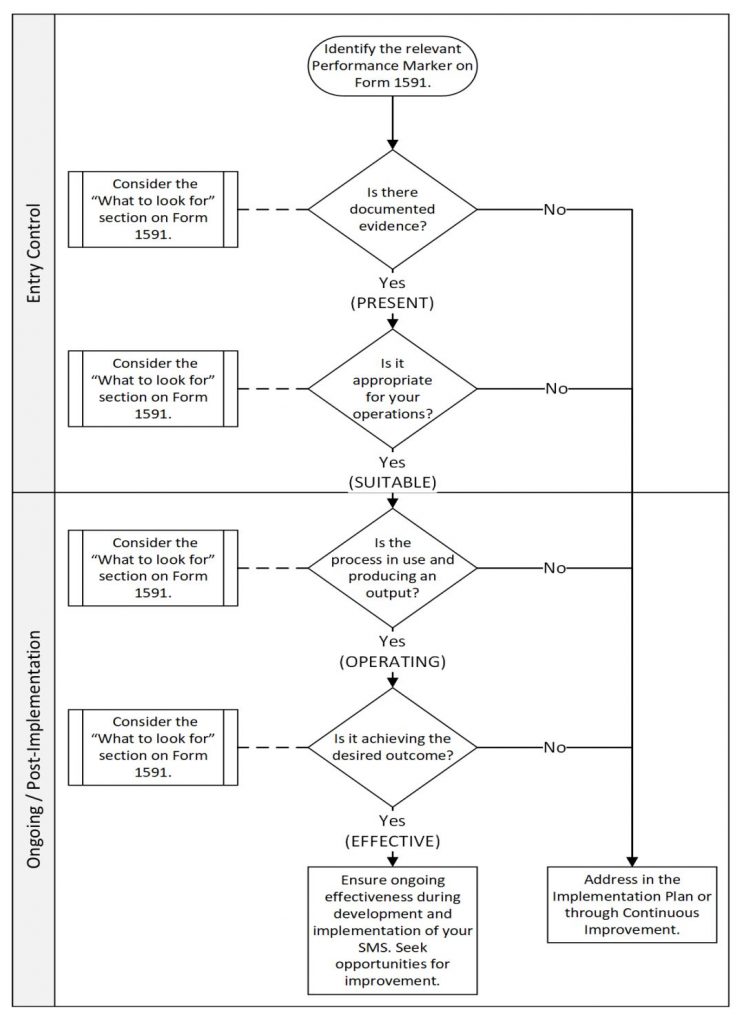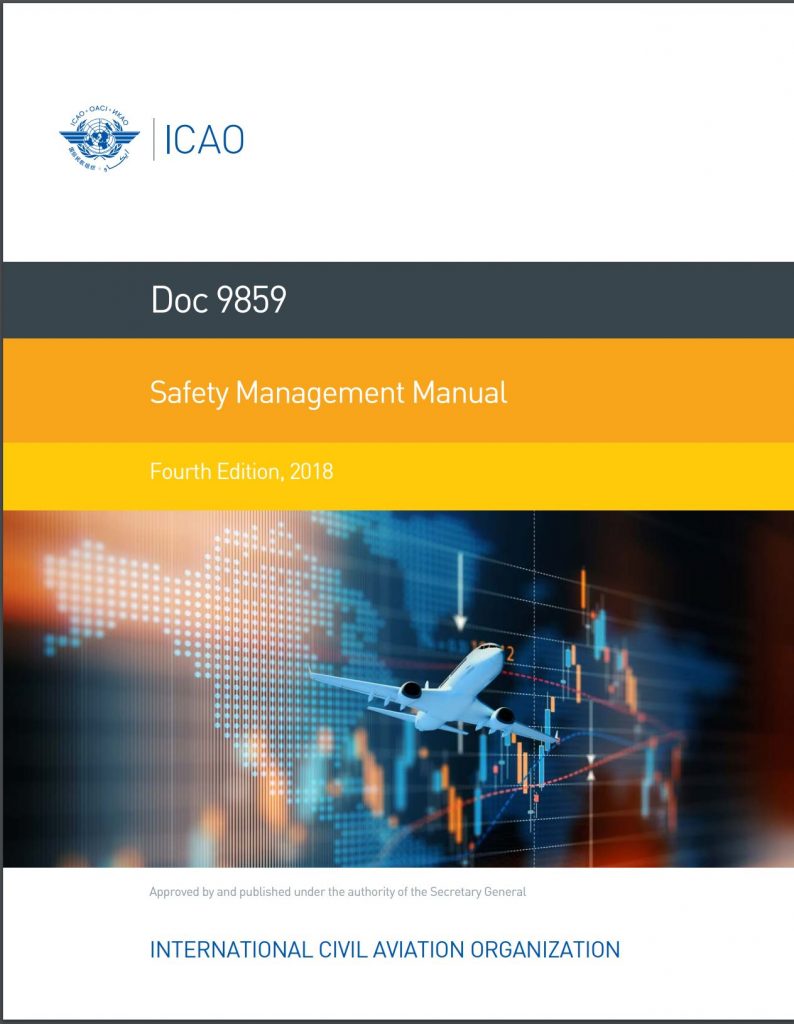SMS implementation planning

‘The longest journey begins with the first step’
It may be used as a cliche, but the ancient Chinese quote holds true. Many organisations see the implementation of SMS as a daunting task; that the time and expense will be overwhelming. This does not have to be the case.
The key to implementing SMS is to plan and allow sufficient time. When done correctly, and with appropriate delegation, the implementation can be orderly, with no more workload than ‘secondary duties’ for various personnel that are standard at most organisations. That may include relieving the designated Safety Manager of other tasking, so they can focus on SMS implementation.
It will require some extra work, this is not in question. However CASA defines a realistic transition period. Organisations should, in consultation with their local CASA office, utilise this time to allow implementation with sufficient allowance at the end for entry control assessment.
Key planning personnel
Once an organisation demonstrates its commitment to SMS, a Safety Manager is appointed, and the other key players commence working towards implementation. These would be:
- The CEO
- Other Managers
- Safety Manager
- Members of the SMS implementation group.
In a Medium sized operation, say 50-60 employees, the SMS implementation group could have 5 or 6 members. For a small organisation, say 5-10 employees, it may be just the SM and an assistant. For a micro organisation (less than 5), only the SM would be working on implementation. This is not to say SMS is any less important, but that the scale of the SMS will fit the size and complexity of the organisation, and that work required to implement will be less.
Phased implementation plan

Both CASA and ICAO recommend use of the Universal Safety Oversight Audit Programme (USOAP) to provide guidance on a phased implementation plan. Once the implementation timeline is established, it needs to be broken down into phases, the number and time length of which are entirely at the organisations discretion.
Before commencing any work on SMS, it must first be established what elements are currently in place, to avoid duplication. Most organisations will already have many elements of SMS within their existing procedures. In implementing SMS, these procedures will be brought into an integrated system such that they talk with each other and act in unison towards the common goal of greater safety.
The Gap analysis
A Gap Analysis is the process by which an organisation conducts a self audit to establish which elements are fully, partially or not currently in place. Clearly those partially or not in place represent the work required to establish the SMS. The Toolkit component of Booklet 2 in the CASA SMS Kit has a gap analysis checklist.


